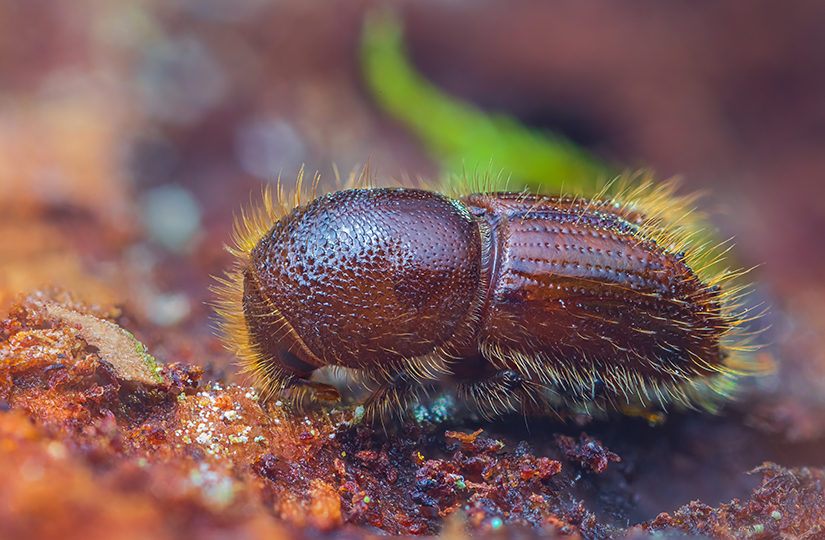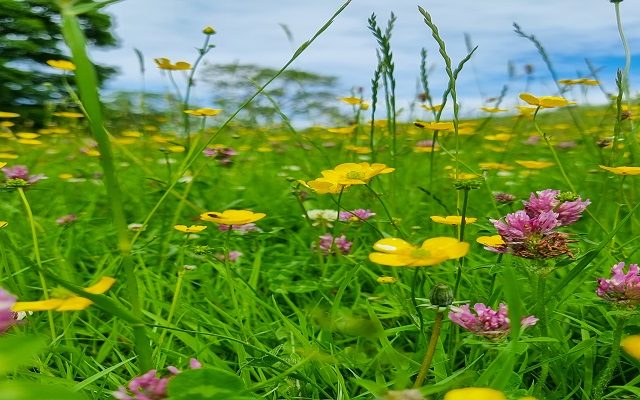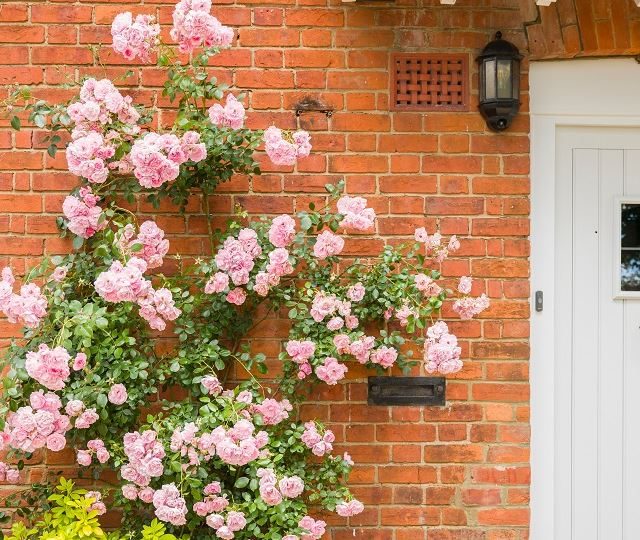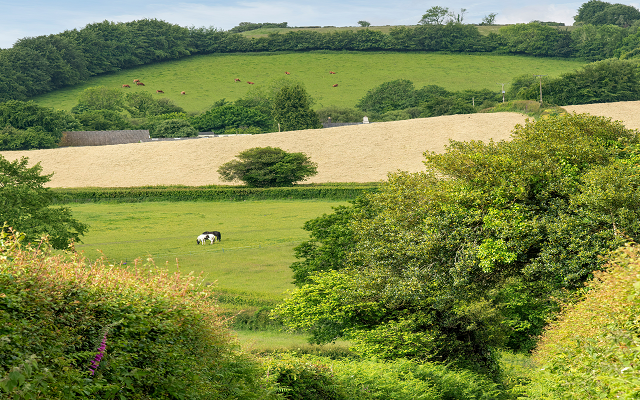Woodland owners: Watch out for Ips beetle
Woodland owners, particularly those in the southeast of England, are being asked to be on the watch for a new threat – the evocatively named ‘larger eight-toothed European spruce beetle’.
Commonly referred to as Ips, on the basis of its Latin name Ips typographus, it is a pest that all woodland owners – especially those in the south east of England, but also any forest owner who has Norway spruce – need to know of, and be prepared for.
The beetle, first found in the UK in 2018 in woodland in Kent, is already considered a serious pest in spruce in Europe.
The Forestry Commission has recently announced the introduction of new controls, following findings of the insect on spruce trees in Kent, Surrey, East Sussex and West Sussex. The indications are that the latest Ips sites are a result of ‘fly-ins’, as the beetle can be naturally blown over from the continent.
The beetle is mainly a secondary pest, preferring stressed or weakened trees, so trees that are windblown, damaged or recently felled are often the first trees to be infected. However, under the right environmental conditions, beetle numbers can increase enough to result in attacks on living trees. If left uncontrolled, the beetle, in association with associated pathogenic fungi, has – so the Forestry Commission says – ‘the potential to cause significant damage to Britain’s spruce-based forestry and timber industries’.
So what should landowners do? If you have any Norway spruce trees, they should be regularly inspected – especially trees in that are stressed or weakened, as these trees are most vulnerable. Then look for standing individual and groups of dead trees. If you think you have spotted signs of this beetle tell the Forestry Commission using its Tree Alert form. If Ips is present – or likely to be present in the future – then start making and/or modifying, existing harvesting plans.
Woodland owners will also need to be aware that the Forestry Commission and Defra have created and most recently extended the ‘Ips demarcated areas’ where special conditions apply. The demarcated area now covers parts of Hampshire, whilst continuing to cover Berkshire, Buckinghamshire, Hertfordshire, Surrey, City and County of the City of London, Greater London, East Sussex, West Sussex, Kent and Essex.
Within the demarcated areas there are conditions on the felling of susceptible material without prior notification, restrictions on the killing of trees and prohibitions on susceptible material being left in situ. There are also restrictions on the movement of all spruce (Picea) material with bark (for example, wood with bark, isolated bark, live trees over 3 metres) that has originated within the demarcated area.
Sadly, Ips is a further example of the increase in pests and diseases that are affecting –and infecting – our trees, woods and forests. Gone are the days that we could assume that the trees would always grow and be healthy.
To achieve resilient woodlands that can adapt to climate change, as well as the changing and diverse needs of owners and our wider society, we need, more than ever before, to actively manage our existing woodlands. We also need to increase rates of new woodland creation and grasp the opportunities and challenges that our woodlands have. There is much to think about and do.
If you would like to know more about how best to manage woodland against the threat of the Ips beetle contact Hugh Williams.






